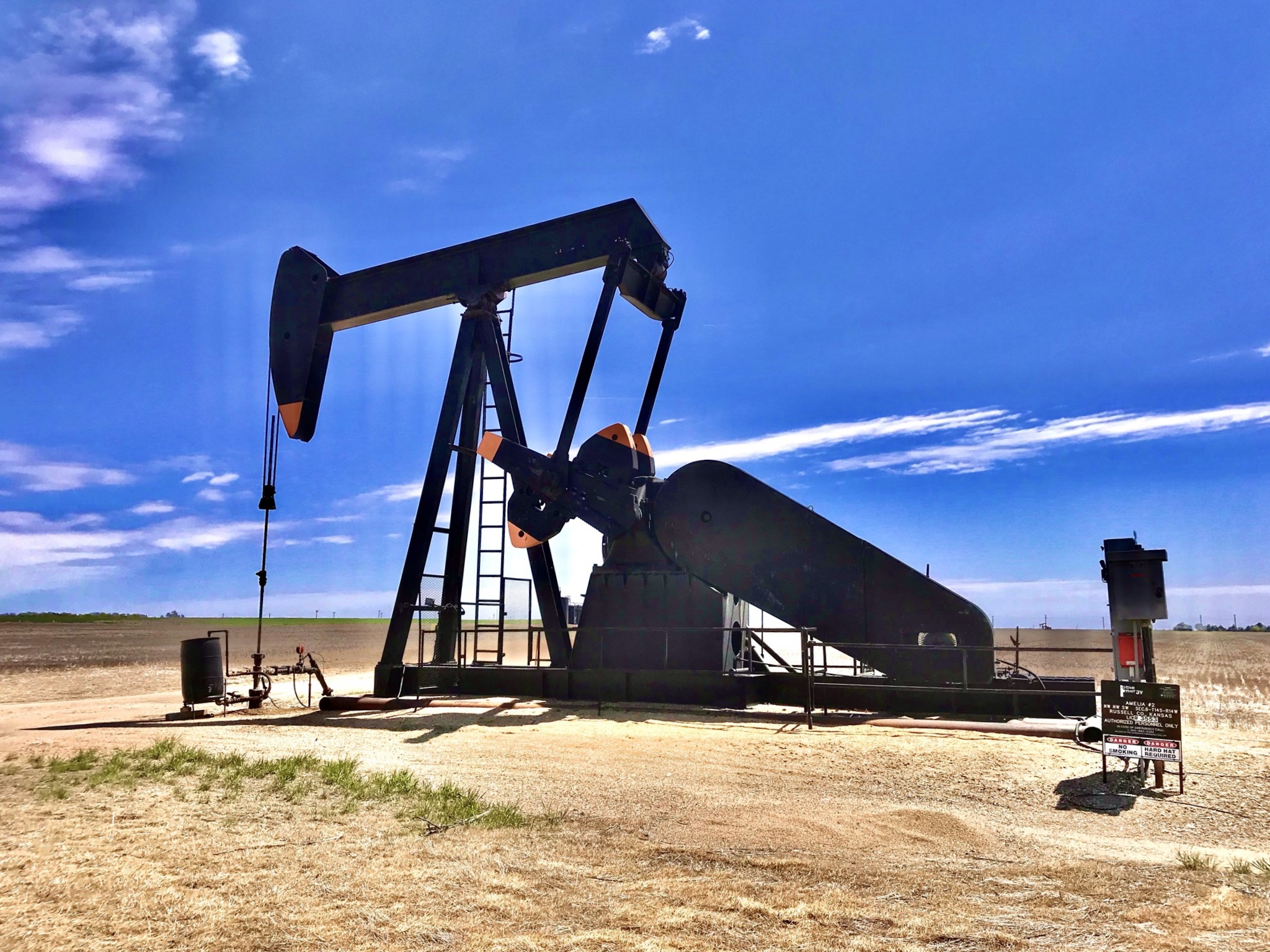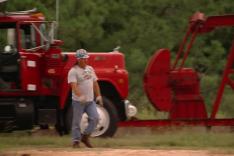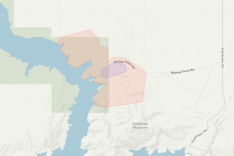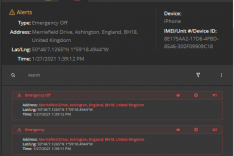OGSS: Lone Worker Safety
Oil and Gas Solutions Series
This article is part of a series on satellite-based solutions that are intended to help oil and gas companies improve their bottom line by highlighting opportunities to leverage data in an effort to improve efficiency and operational safety. To view other OGSS articles, please see the links in the "Looking Ahead" section of the introductory article.
Real World Scenarios with High Stakes
I have a former colleague who had previously worked for several chemical plants along the Gulf Coast in Texas. He told me one day that he and a colleague were tasked with checking the inside of one of the giant tanks utilized for storing crude oil. As they were climbing into the tank, his partner immediately passed out due to poisonous gas inside of the tank. My former colleague knew he had to run for help instead of going into the tank to rescue his partner as he would likely have passed out as well. Luckily his quick action without hesitation saved his partner’s life, and likely his own. Upon hearing this story, my mind raced with all of the possibilities of what could have happened had my former colleague been alone, or had he gone into the tank to save his partner without calling for help. The reality is that oil and gas workers are injured and killed on the job every year as a result of similar scenarios.
Client Obstacles
Many oil and gas companies are running vast operations, working across multiple locations that are often dangerous and remote. Telecommunications infrastructure is typically not well-established in these areas, meaning that communication in the field is often impossible without a handheld radio in range or some form of satellite communication device. The routes going to and from location are usually on lease roads that are typically confusing and unmarked. Location job sites are often very dangerous, even with safety measures in place. Dangerous gases are constantly flowing from wellheads, placing the lives of oil and gas workers at risk everyday. PPE is often worn in these situations to help warn workers of possible gas, but unless someone sees a worker go down, it is hard to know an emergency has occurred until they find the downed worker. It is important for companies to know exactly where their personnel and equipment are at all times to improve the efficiency and safety of day to day operations. The challenge, however, is finding a simple and affordable solution that allows a company to track both assets and personnel in remote locations.
The Solution
GSatTrack is a complete telematics solution where clients can monitor, manage, and maximize their daily operations in near-real time through a variety of devices. GSatTrack can prevent scenarios like the ones I mentioned above from happening through a variety of features. Let’s take a look at some of the features GSatTrack has to offer that will assist with lone worker and worker safety designed to prevent individuals from getting lost, stranded, or hurt on the job.
Two-Way Communication
There are many devices and terminals that can be utilized with the GSatTrack platform. Several of our more advanced devices and terminals have the capability to send and receive messages and commands regardless of location. This feature is very handy for workers traveling or working in harsh or remote environments where telecommunications infrastructure is not accessible. This feature can help reroute a lost driver, ask for emergency services to be dispatched, or send important job relation information to assets and workers in the field.
Driver Management
Driver Management is a set of features that can be used to maintain driver logs, identify specific individuals operating vehicles or assets, and contain important information regarding individuals in the field. Although this feature is primarily used for vehicles, a driver can be assigned to just about any asset being utilized by a specific individual. This is an incredibly important feature to have especially if an emergency situation arises. Portal managers are able to view important information about the individual like their legal name, contact information, blood type, next of kin, and so on.
Geofence Intelligence
A Geofence is a shape drawn over a geographic location on a map. This geofence is only visible to portal users, who can set up features like alerts to notify portal managers when an asset enters or exits a Geofence. This feature is important if you are wanting to contain an asset or set of assets to a specific geographic location. This feature can be beneficial for tracking individuals in and out of location sites, targeting a specific route, or even ensuring workers are not trespassing onto private land near a lease road or pad site.
Alert Technology
Alerts are a set of features utilized in conjunction with many different devices and terminals that signal a notification on the GSatTrack portal or directly to a Contact via SMS or email. There are hundreds of different Alerts that can be created on the portal and assigned to specific assets. These Alerts can signal if an Asset is no longer reporting, if an Asset has not moved in a given timeframe, if an Asset has entered or exited a Geofence, and more. These Alerts can be life-saving for lone workers or even a group of workers who are traveling, are in remote locations, or working in dangerous environments.
The Result
GSatTrack has many different features, and we will take a deep dive into many of them in this series. Of those, Two-Way Communication, Driver Management, Geofence Intelligence, and Alert Technology are features that are vital to lone worker and worker safety in the field. This is not just about improving the bottom line of companies utilizing GSatTrack, but saving the lives of your most important stakeholders, your frontline workers. Companies invest a lot of time, effort, and money into hiring and training quality personnel. The oil and gas industry spends millions of dollars every year on safety and training for personnel. Going back to the scenario described in the beginning, GSatTrack could have notified the plant managers in the second scenario of a downed worker improving reaction time. These features can prevent accidents and alert the appropriate personnel when minutes can be the difference between life and death in the field. With so much investment in worker safety, it only makes sense to give those workers the tools to act on safety protocols, or to have the infrastructure in place to support backup systems when those protocols aren't enough.







